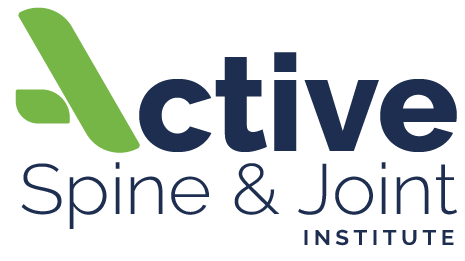Do you have tech neck?
Chances are, you found your way to this blog today by means of a mobile device. Smartphones and tablets have quickly become a part of our everyday life, especially during the past two years, while many of us adjusted to working from home.
The average American spends more than 1400 hours a year just looking down at their devices.
We spend hours per day messaging with friends, playing games, scrolling on social media, and answering emails all from the palm of our hand. Often, it’s done with our neck bent forward, shoulders rounded, and arms holding the phone up in front of their eyes.New research has shown this type of awkward position can lead to a painful condition called “Tech Neck.”
“Tech neck” can cause headaches, neck pain, pain in the shoulders, pain in the upper back, tingling or numbness in your hands, and even a loss of the natural curve of the spine. The severity of the symptoms will vary from person to person, but they tend to be more prominent in correlation with an increased level of activity on a cell phone or other device.
Recently, a shocking paper was published which found a “horn” growing off theback of the head of kids who spent a great deal of time on their cell phones and tablets. This extreme variation of Tech Neck is suspected to be caused by constant pressure placed on theback of the head (the occiput) when the head is bent forward and chin is tucked. The excessiveforce can result in calcification of the soft tissue, which can start to look like a “horn” growing outof the back of the head!
What does the weight of my head have to do with tech neck?
The average adult head weighs 10-12 pounds, which is supported by the bony structures, muscles, ligaments, and tendons of the neck. But when you tilt your head forward and look down, which is the common posture for texting, the weight of your head places 50-60 pounds of force on the neck.
Your neck simply isn’t built to withstand that type of force for prolonged periods. The result is muscular and ligamentous strain and other structural issues that cause the symptoms associated with tech neck.
What are the symptoms of tech neck?
Symptoms related to tech neck are typically mild in the initial phases and increase as the condition advances. The most frequently reported symptoms include:
Generalized aching discomfort in the lower neck, shoulders, and upper back
Sharp, stabbing pain that’s intense and localized in one spot
Headaches
Reduced mobility or stiffness in the neck, upper back, and shoulders
Increased pain when tilting the head forward and looking down to text
Jaw pain due to misalignment of the cervical spine
Tingling pain and numbness in the arms and hands, related to spinal nerve irritation and inflammation
Prolonged screen time can also cause deconditioning of certain muscles in your neck, chest, and upper back. This makes it difficult to maintain good posture, with your ears directly over the shoulders, which can worsen the symptoms associated with tech neck.
How do you fix tech neck?
Take a break from looking at your screen every 15 minutes. Get up, move around, and get the blood flowing.
Hold or set your phone at eye level (which is good for your arm muscles), and when you’re at your computer, position your screen high enough so you can look straight out at it, rather than down. Your spine should be in one straight line from the top of your head to your tailbone.
See a chiropractor for an adjustment.
Learn some stretches to give your neck and shoulders a break.
Do chin tucks. Start standing or sitting with your spine straight. Draw your head straight back like you're making a double-chin. In this position you offset the effects of constantly thrusting your head forward (as you may do while looking at a screen). Make sure not to tilt your head back when doing this, he advises; keep your chin tucked in, but still parallel to the floor. Hold for five seconds, release. Then repeat.
Try the ‘hand to ear’ stretch. Place your right hand flat against the right side of your head, Knauf says. Try to tilt your head to your right shoulder while pushing against your hand. Hold for five seconds, release slowly, and repeat on the other side.
Do the ‘hands to forehead’ stretch. Place both hands on your forehead, and while keeping your chin parallel to the floor, try to push your head forward while also pushing your head back with your hands. Hold for five seconds, and repeat.
